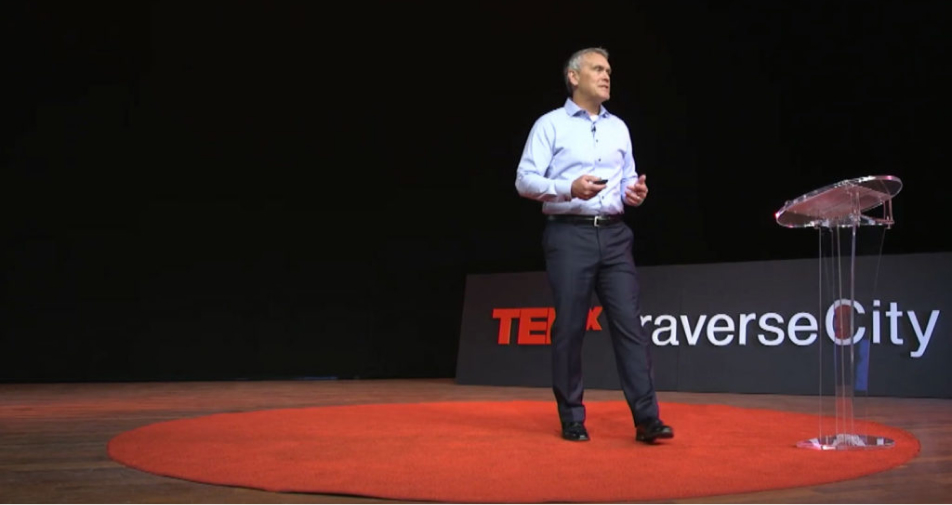July 24, 2020 - 1:57 pm
The COVID-19 Telehealth Accelerator and What It Means for Rural Healthcare
Rural hospitals are hurting. Significant financial challenges combined with growing physician shortages are resulting in the closures of services and facilities in rural areas across the country which means that patients increasingly need to drive long distances to receive care.
However, telehealth may be the delivery model that changes the script, putting rural hospitals in a leadership role, reversing the drain on financial and physician resources, and providing patients increased access to care.

The Convoluted Cost of Providing Healthcare
Healthcare is a challenging and unique industry that cannot be analyzed in the same way as other markets. You cannot draw a direct line from patient to provider to payer because there are so many moving parts including supply chain, reimbursement, regulations, and patient rights. This complexity has caused the healthcare industry to be averse to change and has created significant administrative costs over the last few decades – a reality that cost over 120 rural hospitals their very existence in the last year. However, digitization of healthcare services can decrease expenses the same way we have seen sizeable cost reduction in other fields (accounting, ride share, travel, etc.).
Telehealth Eases the Pressure on Physicians
Another substantial challenge faced by hospitals is physician shortages: there is a projected gap of over 120,000 doctors by the year 2030. On top of that, 50 percent of care providers were showing signs of burn-out prior to COVID-19. And while the greatest need for physicians is in primary care, many current medical students are turning away, in favor of specialty areas.
Rural telehealth is the exact right place and modality to relieve this pressure and keep care providers engaged. When you look at the potential of leveraging current doctors who want to improve their work/life balance, there may be no better location. Think of the possibility of having a doctor with a couple decades of experience who wants to spend more time doing activities that she enjoys while continuing to see patients. The prospect of seeing 10 patients a week in person at the local hospital while providing another 20 hours of virtual care has become a reality with telehealth.
The COVID-19 Effect
COVID-19 forced us to adopt telehealth quickly and learn that it works. As the pandemic surged in the United States in Spring 2020, physicians quickly pivoted to telehealth as a means of providing non-emergency care while keeping patients safe at home.
We learned that telehealth can be used by patients and providers alike for so many different aspects of healthcare. For instance, 80 percent of primary care can be delivered using telehealth with similar or improved outcomes and reduced costs expected.
This reality has been created through the support of Medicare and Medicaid who made two significant telehealth-related changes:
• The relaxation of licensure requirements for physicians practicing across state lines means that more physicians are available to provide care
• Reimbursing at the same rate for virtual and in-person visits
Increasing physician availability and long-term, equivalent reimbursement rates with lower overhead could relieve much of the financial pressures faced by rural hospitals.
TEDx Talk
Learn more about the acceleration of telehealth due to the COVID-19 pandemic by watching Jack Miner at the 2020 TEDx Traverse City.
About HealthSpark
Through the HealthSpark initiative at 20Fathoms, we are partnering with rural hospitals, entrepreneurs, and investors to accelerate this transformation in healthcare and facilitate advanced technology solutions that will resolve today’s crisis in rural healthcare. HealthSpark provides critical resources, expertise, programs, and a broad community of highly connected individuals in the healthcare, technology, venture capital, and startup industries, all of which helps our partners navigate the complex healthcare industry and implement life-saving technology.
